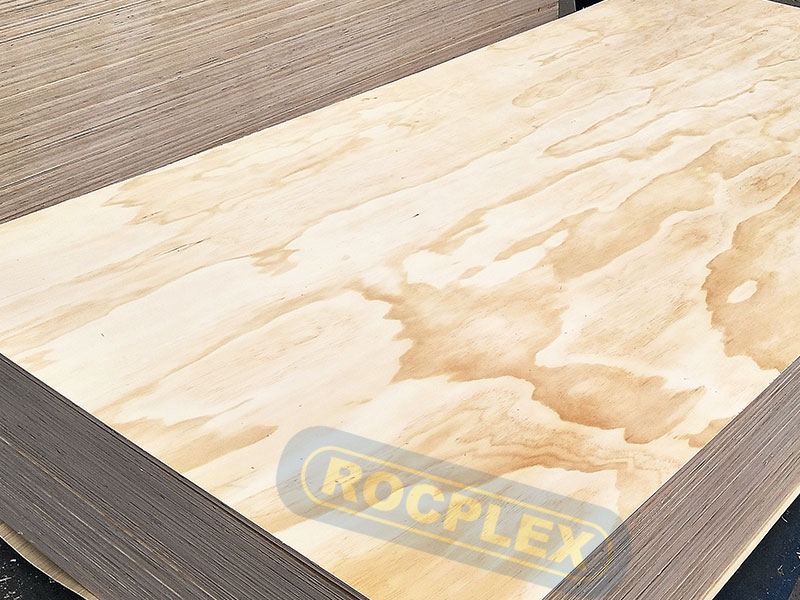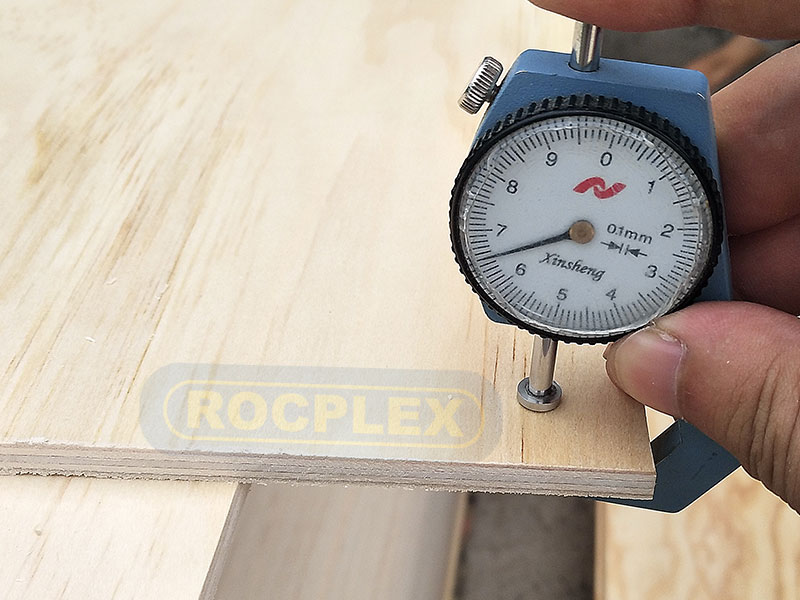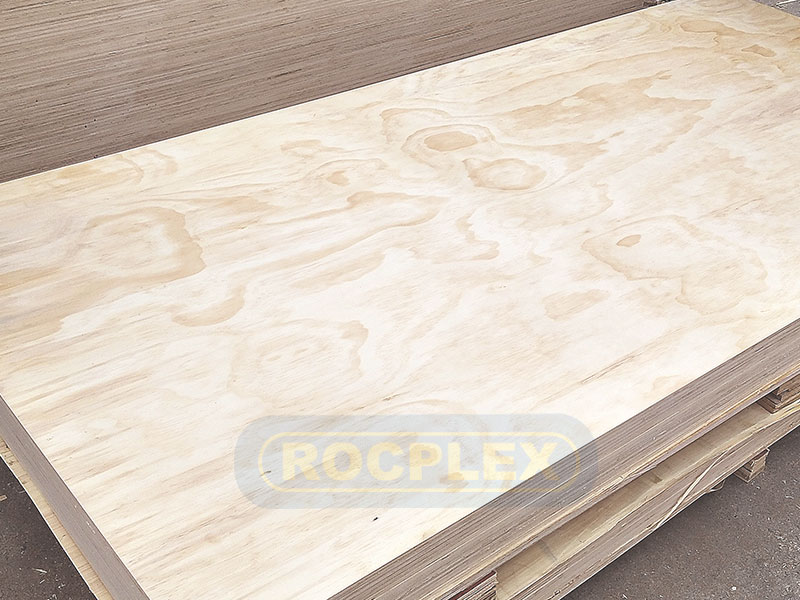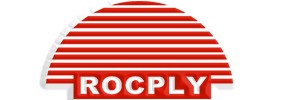What Is Timber Sheets ?
Timber sheets, widely recognized in the construction and design industry, refer to engineered wood panels made from thin layers of wood veneer, known as plies, bonded together under heat and pressure. This versatile material, also known as plywood, ply wood, or timber panels, is celebrated for its strength, durability, and ease of use. It serves a myriad of applications, ranging from structural framing to aesthetic interior finishes, making it an indispensable resource in both residential and commercial construction projects.

Exploring the Versatility of Timber Sheets
The Rise of Timber Sheets in Modern Design
Timber sheets, or plywood as they are often called, have emerged as a cornerstone in modern architectural and interior design. Their natural appearance, coupled with their structural integrity, allows for innovative uses beyond traditional settings.
A Sustainable Choice for Construction
In an era where sustainability is paramount, timber panels stand out for their eco-friendly attributes. Sourced from renewable forests and requiring less energy to produce than steel or concrete, these sheets contribute significantly to green building certifications.
Timber Sheets Innovation and Applications
Revolutionizing Construction Techniques
The adaptability of ply wood has led to its adoption in various construction techniques, from modular homes to high-rise buildings. Its strength-to-weight ratio makes it ideal for innovative designs that require durability without the bulk.
Interior Design and Aesthetics
Beyond construction, plywood sheets have found their place in interior design. Their warm, natural aesthetics can be seen in everything from furniture and cabinetry to wall paneling and flooring, offering a blend of beauty and functionality.
Durability and Performance Of Timber Sheets
Weather and Water Resistance
Advancements in manufacturing have enhanced the durability of timber sheets against the elements. Treatments and specific grades of ply ensure resistance to moisture and decay, making them suitable for outdoor and high-humidity environments.
Structural Integrity and Lifespan
Timber panels are engineered to withstand loads and stresses, contributing to the structural integrity of buildings. Their longevity is a testament to their quality and reliability in construction projects.
Advancing with Technology
Innovations in Timber Sheet Manufacturing
The continuous innovation in the manufacturing of plywood sheets has led to improved quality and performance. Techniques such as cross-laminating layers for added strength and using eco-friendly adhesives that reduce environmental impact exemplify the industry’s commitment to advancement.
The Future of Timber Sheets in Construction
As technology progresses, the potential for timber sheets in construction seems boundless. From digital fabrication methods that allow for precision cutting and assembly to the development of smart plywoods embedded with sensors for structural health monitoring, the future is bright for this versatile material.
A Catalyst for Eco-friendly Construction
Embracing Timber Sheets for Sustainable Development
The use of timber sheets plays a critical role in promoting sustainable construction practices. Their renewable nature, coupled with the ability to sequester carbon, positions them as a preferred choice for environmentally conscious projects.
Certifications and Green Building Standards
Timber sheets contribute to achieving green building certifications such as LEED and BREEAM. By meeting standards for sustainable sourcing and low environmental impact, they enhance a project’s sustainability credentials.
Timber Sheets Interior Design Renaissance
The adaptability and aesthetic appeal of timber sheets have sparked a renaissance in interior design. Their natural texture and warmth bring a unique character to spaces, blending seamlessly with both modern and traditional décor.
Customization and Creativity
Plywood’s versatility extends to its ability to be easily customized. Designers and architects use timber sheets to craft bespoke furniture, feature walls, and decorative elements, showcasing creativity and innovation in design.
Timber Sheets Exterior Applications and Innovations
Transforming Facades and Landscapes
Timber sheets are not just for interiors; they are also revolutionizing exterior design. Their durability and ease of installation make them ideal for cladding, offering a sustainable and visually appealing alternative to traditional materials.
Integration with Green Building Practices
The use of plywood in outdoor applications aligns with green building practices. Its natural insulation properties and ability to blend with the environment contribute to energy-efficient buildings that harmonize with their surroundings.
The Technical Advantages of Timber Sheets
Timber Sheets Is Strength and Flexibility
One of the most significant benefits of timber panels is their exceptional strength and flexibility. Engineered to distribute loads evenly, they provide robust support for structures while allowing for design flexibility.
Resistance to Shrinking and Swelling
Unlike solid wood, plywood sheets are less prone to shrinking and swelling due to changes in humidity. This dimensional stability is crucial for applications where precision and reliability are paramount.

Environmental Impact and Sustainability
Reduced Waste in Production
The production process of timber sheets maximizes the use of raw materials, significantly reducing waste. Offcuts and smaller pieces are utilized in other products or as biofuel, contributing to a circular economy.
Carbon Footprint and Lifecycle Analysis
Timber sheets have a lower carbon footprint compared to many construction materials. Lifecycle analyses demonstrate their positive environmental impact, from production to disposal, reinforcing their role in sustainable construction.
Market Trends and Consumer Preferences
Growing Demand for Sustainable Materials
The global shift towards sustainability has heightened demand for timber sheets. Consumers and professionals alike seek eco-friendly materials that do not compromise on quality or aesthetics, driving innovation in the plywood industry.
Impact on Housing and Commercial Projects
This demand influences trends in both housing and commercial projects, where timber sheets are increasingly chosen for their environmental credentials as well as their versatility and performance.
The Role of Certification and Standards
Ensuring Quality and Sustainability
Certifications play a crucial role in the timber sheet market. They not only assure the quality and durability of the products but also verify their sustainability and ethical sourcing, providing confidence to consumers and stakeholders.
Influence on Industry Practices
The push for certified timber sheets encourages better industry practices, from forest management to production processes. This drive for quality and sustainability fosters innovation and improvement across the sector.
Navigating Challenges and Opportunities
Addressing Supply Chain Complexities
The timber sheet industry faces challenges in supply chain management, particularly with regards to sustainable sourcing and the impact of global demand. Strategies to ensure a stable and ethical supply chain are critical for the industry’s future.
Technological Advances and Adaptation
Technological advances offer opportunities to overcome these challenges. From improved manufacturing processes to blockchain for traceability, technology enhances efficiency and transparency in the timber sheet supply chain.
Shaping the Future of Construction and Design
Timber sheets stand at the intersection of tradition and innovation, offering solutions that are both aesthetically pleasing and environmentally responsible. As the industry continues to evolve, the potential for timber sheets in transforming spaces and structures is limitless. Their role in advancing sustainable construction practices highlights the industry’s commitment to a greener, more sustainable future. With ongoing innovation and a focus on sustainability, timber sheets will undoubtedly continue to play a vital role in construction and design, shaping the environments we live and work in for years to come.
Collaborative Efforts for Sustainability
The timber sheet industry is witnessing an era of unparalleled collaboration among manufacturers, architects, engineers, and environmentalists. These partnerships are crucial for driving innovation in sustainable construction practices, ensuring that timber sheets not only meet the current demands but also address future challenges.
Advancing Eco-Friendly Manufacturing
Efforts to reduce the environmental impact of manufacturing timber sheets are at the forefront of industry initiatives. By adopting cleaner, more energy-efficient production methods and utilizing sustainable forestry practices, the industry aims to minimize its carbon footprint and promote biodiversity.
Timber Sheets Education and Awareness
Raising Industry Standards
Education plays a pivotal role in raising industry standards. Through workshops, seminars, and online platforms, stakeholders are informed about the latest trends, technologies, and sustainability practices, ensuring that the use of timber panels adheres to the highest ethical and environmental standards.
Consumer Awareness
Increasing consumer awareness about the benefits of timber sheets, including their sustainability, durability, and versatility, is essential. By understanding the value and impact of their choices, consumers can drive demand for eco-friendly and high-quality timber sheet products.
Technological Innovations Enhancing Timber Sheets
Smart Timber Technology
The integration of technology into ply wood is opening new avenues for innovation. Smart timber technology, which includes sensors and IoT devices embedded within plywood, can monitor the health and performance of structures in real time, paving the way for safer and more efficient buildings.
Digital Fabrication and Customization
Digital fabrication technologies, such as CNC machining and 3D printing, allow for precise customization of timber sheets. This not only reduces waste but also enables the creation of complex designs that were previously unattainable, offering endless possibilities for architects and designers.
Global Market Dynamics and the Future of Timber Sheets
The Impact of Globalization
Globalization has significantly impacted the timber sheet market, with increased trade and collaboration across borders. This has led to a diversification of products and innovations, making timber sheets more accessible and affordable worldwide.
Timber Sheets Future Trends and Developments
The future of timber sheets looks promising, with ongoing research and development focusing on enhancing their properties and applications. Innovations such as fire-retardant treatments, enhanced weatherproofing, and bio-based adhesives are set to redefine the capabilities of timber sheets, further solidifying their position in the market.

FAQs About Timber Sheets
What are timber sheets?
Timber sheets, also known as plywood or ply wood, are engineered wood products made by gluing together several thin layers of wood veneer. They are known for their strength, durability, and versatility in construction and design applications.
Is timber a plywood?
Yes, timber refers to the wood used to make plywood, among other products. Plywood is a type of timber product where sheets of wood veneer are bonded together to create a strong and stable panel.
Is timber wood waterproof?
While timber wood itself is not inherently waterproof, plywood can be made water-resistant through specific treatments and the use of waterproof glues during its manufacture. This makes certain grades of plywood suitable for outdoor and moisture-prone environments.
Is wood weather proof?
Wood, in its natural state, is not completely weather-proof and can be susceptible to damage from moisture, sunlight, and temperature changes. However, treatments and finishes can enhance wood’s resistance to weather, making it more suitable for outdoor use.
Which is more waterproof, MDF or plywood?
Generally, plywood is considered more water-resistant than MDF, especially when it is made with waterproof adhesives and designed for exterior use. MDF tends to absorb water and swell unless specifically treated for moisture resistance.
Post time: Feb-13-2024

